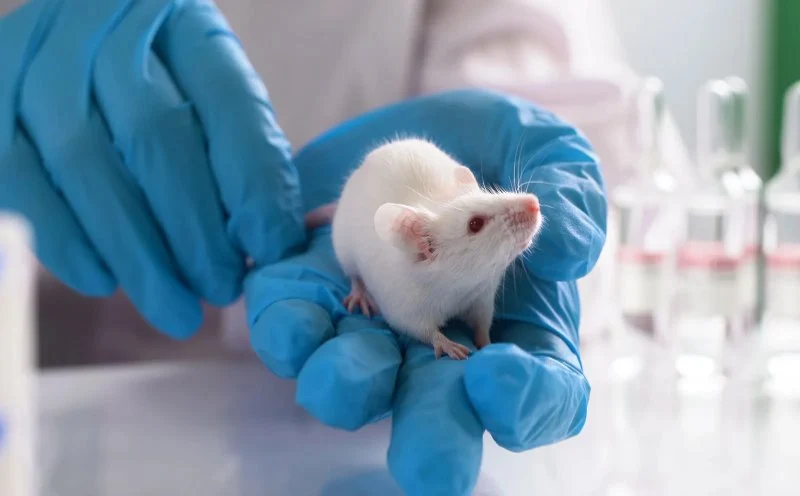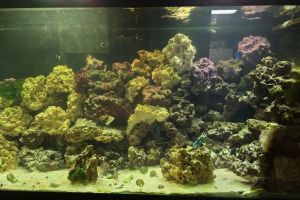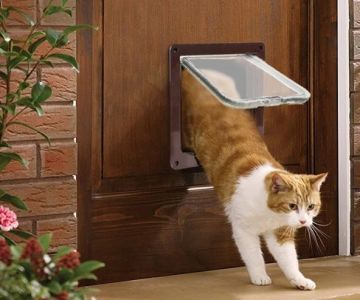
The Laws Surrounding Animal Testing in the US: What You Need to Know
Animal testing has been a long-standing practice in scientific research, particularly in the fields of medicine, cosmetics, and pharmaceuticals. However, in recent years, there has been increasing public concern about the ethical implications of using animals in experiments. This concern has led to the development of numerous laws and regulations that govern animal testing in the United States. These laws aim to ensure that animal testing is conducted ethically, with consideration for the well-being of the animals involved.
In this article, we will explore the key laws surrounding animal testing in the US, examine their impact, and discuss the ethical considerations involved in animal research. Understanding these laws is important not only for researchers and companies but also for consumers who are interested in how the products they use are developed. Additionally, we will look at alternatives to animal testing and how the law is evolving in response to public concerns.
Overview of Animal Testing Laws in the US
In the United States, animal testing is governed by several laws and regulations designed to protect animals used in scientific research. These laws aim to ensure that animals are treated humanely, that unnecessary suffering is minimized, and that animal testing is only conducted when absolutely necessary. Below are some of the most significant regulations related to animal testing:
1. The Animal Welfare Act (AWA)
The Animal Welfare Act (AWA), passed in 1966, is the primary federal law in the US that regulates the treatment of animals in research and experimentation. It applies to animals used in research, exhibition, and transportation. The AWA requires that animal testing be conducted with proper care and housing, and it sets standards for the humane treatment of animals. Under this law, researchers must provide adequate living conditions, including proper food, water, and veterinary care.
While the AWA covers a wide range of animals, it does not apply to all animals. For example, it excludes birds, rats, and mice that are commonly used in laboratory testing, which has been a point of controversy. Nevertheless, the AWA has been instrumental in ensuring basic standards for animal welfare in scientific research.
2. The Public Health Service (PHS) Policy on Humane Care and Use of Laboratory Animals
The PHS Policy, which applies to institutions receiving federal funding for animal research, requires that all research involving animals be reviewed by an Institutional Animal Care and Use Committee (IACUC). This committee is responsible for ensuring that the research follows ethical guidelines and that animals are treated humanely. The PHS Policy also mandates that institutions implement procedures for minimizing pain and distress during experiments and that they explore alternatives to animal testing whenever possible.
The PHS Policy is often used in conjunction with the AWA to provide comprehensive oversight of animal testing practices. It reflects the US government's commitment to ensuring that animal testing is conducted in a responsible and ethical manner.
3. The Food, Drug, and Cosmetic Act (FDCA)
The FDCA, which regulates the safety of food, drugs, and cosmetics in the US, indirectly affects animal testing by establishing safety standards for products. While the FDCA itself does not mandate animal testing, it has historically been used to justify animal testing for new pharmaceuticals, medical devices, and cosmetic products. In recent years, however, there has been increased pressure to reduce animal testing in the cosmetics industry, with some companies adopting alternative testing methods to comply with consumer demands for cruelty-free products.
Ethical Considerations and Public Opinion
As animal testing continues to be a contentious issue, public opinion has shifted significantly over the years. Many consumers are increasingly concerned about the ethical implications of animal testing, especially in non-medical areas like cosmetics. The rise of social media and consumer advocacy groups has put pressure on companies to adopt cruelty-free practices, leading to changes in both corporate policies and public attitudes.
One of the key ethical concerns is the pain and suffering that animals may endure during experiments. In response, federal laws, including the AWA and PHS Policy, require that researchers take steps to minimize pain and distress. Additionally, researchers are obligated to use the "3 Rs" framework: Replace, Reduce, and Refine. This framework encourages researchers to replace animals with alternative testing methods, reduce the number of animals used, and refine experiments to minimize animal suffering.
Despite these regulations, many animal rights advocates argue that the laws are not sufficient and that animal testing should be phased out entirely in favor of non-animal alternatives. This debate continues to drive legislative efforts and consumer advocacy movements aimed at reducing the use of animals in scientific testing.
Alternatives to Animal Testing
In response to growing concerns about animal welfare, there has been significant progress in developing alternatives to animal testing. These alternatives include in vitro testing (using cells or tissues in a lab), computer modeling, and human-based testing methods. Advances in technology have made it possible to replicate certain types of experiments without using animals, offering a promising future for more humane research practices.
In recent years, many companies in the cosmetics and pharmaceutical industries have embraced these alternative testing methods. For instance, some beauty brands have adopted in vitro methods to test the safety of their products, reducing or eliminating the need for animal testing. Additionally, the development of organ-on-a-chip technology has opened up new possibilities for testing the effects of chemicals on human cells, potentially eliminating the need for animal experimentation altogether.
While these alternatives are not yet universally accepted or applicable to all types of testing, their development represents an important shift toward more ethical research practices. The future of animal testing in the US is likely to involve a combination of regulatory oversight, technological innovation, and public advocacy to ensure that animals are treated with respect and that scientific progress continues without unnecessary harm to living creatures.
Conclusion: Navigating the Laws and Ethics of Animal Testing
The laws surrounding animal testing in the US are designed to balance scientific advancement with the ethical treatment of animals. While regulations like the Animal Welfare Act and the PHS Policy have made strides in improving animal welfare, the ongoing debate over animal testing highlights the need for continued reform and the development of alternative methods. As public awareness and advocacy efforts grow, it’s clear that the future of animal testing will be shaped by both legal frameworks and the ethical considerations of researchers, consumers, and companies alike.
If you're interested in learning more about animal welfare or finding pet-friendly products, visit Omnia Pet for the best pet care products and services. Understanding the laws and ethical considerations surrounding animal testing can help you make more informed choices when it comes to the products you buy and the companies you support.









 Petco4.0 (1031 reviews)
Petco4.0 (1031 reviews) Rippowam Animal Hospital4.0 (415 reviews)
Rippowam Animal Hospital4.0 (415 reviews) 562 Corals4.0 (22 reviews)
562 Corals4.0 (22 reviews) All Animals Veterinary Hospital4.0 (163 reviews)
All Animals Veterinary Hospital4.0 (163 reviews) Healing Paws Veterinary Center5.0 (56 reviews)
Healing Paws Veterinary Center5.0 (56 reviews) Kriser's Natural Pet4.0 (107 reviews)
Kriser's Natural Pet4.0 (107 reviews) Why Does My Kitten Have a Bump on Their Head? Causes and Solutions
Why Does My Kitten Have a Bump on Their Head? Causes and Solutions The Best Ways to Discipline a Kitten Without Fear | Omnia Pet
The Best Ways to Discipline a Kitten Without Fear | Omnia Pet How to Tell if Your Kitten is a Maine Coon Mix – Signs and Characteristics to Look For
How to Tell if Your Kitten is a Maine Coon Mix – Signs and Characteristics to Look For How to Stop Your Kitten from Digging in Potted Plants
How to Stop Your Kitten from Digging in Potted Plants The Science of a Kitten's Hearing Development: Understanding Their Sensory Growth
The Science of a Kitten's Hearing Development: Understanding Their Sensory Growth The Science of a Kitten's Digestive System: How It Works and What You Need to Know
The Science of a Kitten's Digestive System: How It Works and What You Need to Know